The P-38 Lightning was a groundbreaking aircraft that significantly influenced WWII military strategies. Its unique design and versatility made it a formidable asset in aerial combat and reconnaissance missions. This piece explores how the P-38 Lightning altered the course of the war and reshaped air combat tactics.
Design and Technological Innovations
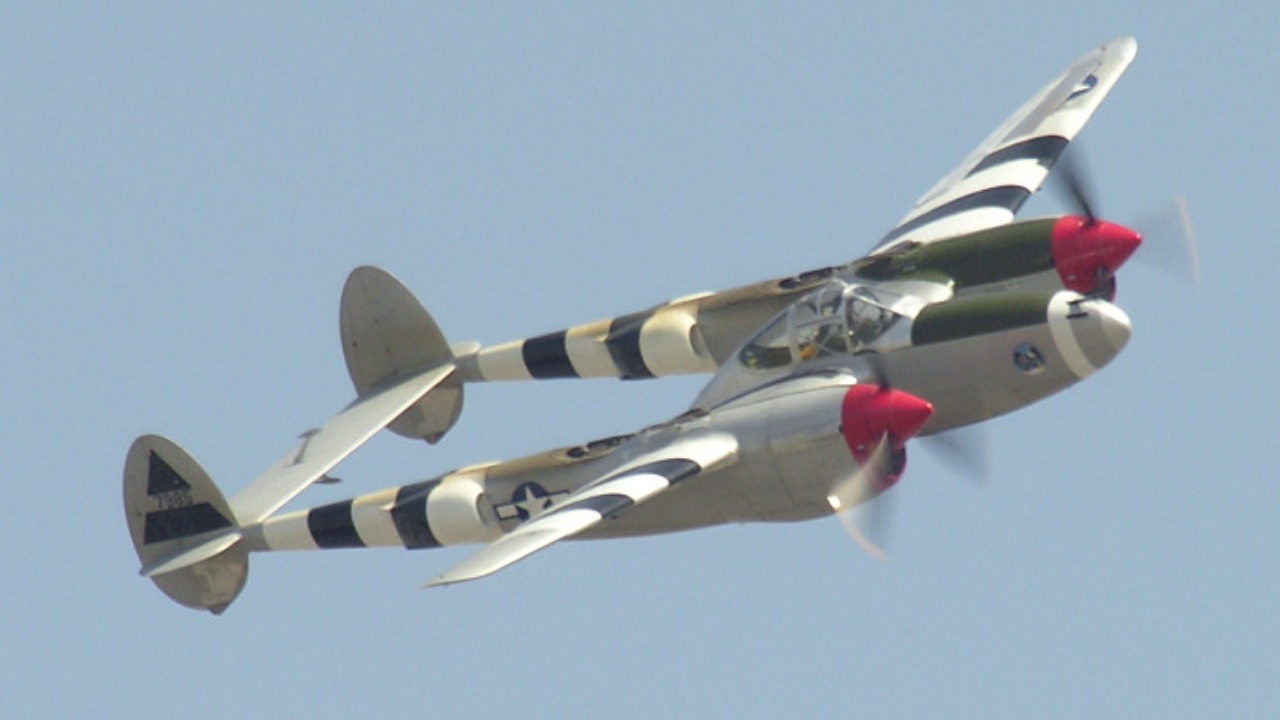
The P-38 Lightning’s distinctive twin-boom configuration was a revolutionary design choice that set it apart from other aircraft of its time. This configuration not only contributed to its aerodynamic efficiency but also enhanced its agility and speed. The twin engines provided a balance that allowed for more stable and precise maneuvering in combat situations. This design made the P-38 highly effective in dogfights and allowed it to outpace many of its adversaries.One of the most significant technological innovations of the P-38 was its turbo-supercharged engines. These engines provided exceptional high-altitude performance, which was crucial for intercepting enemy aircraft and conducting long-range missions. The P-38’s extended range capabilities allowed it to perform various roles, such as interception, bombing, and reconnaissance, making it one of the most versatile aircraft of WWII.
Impact on Aerial Combat
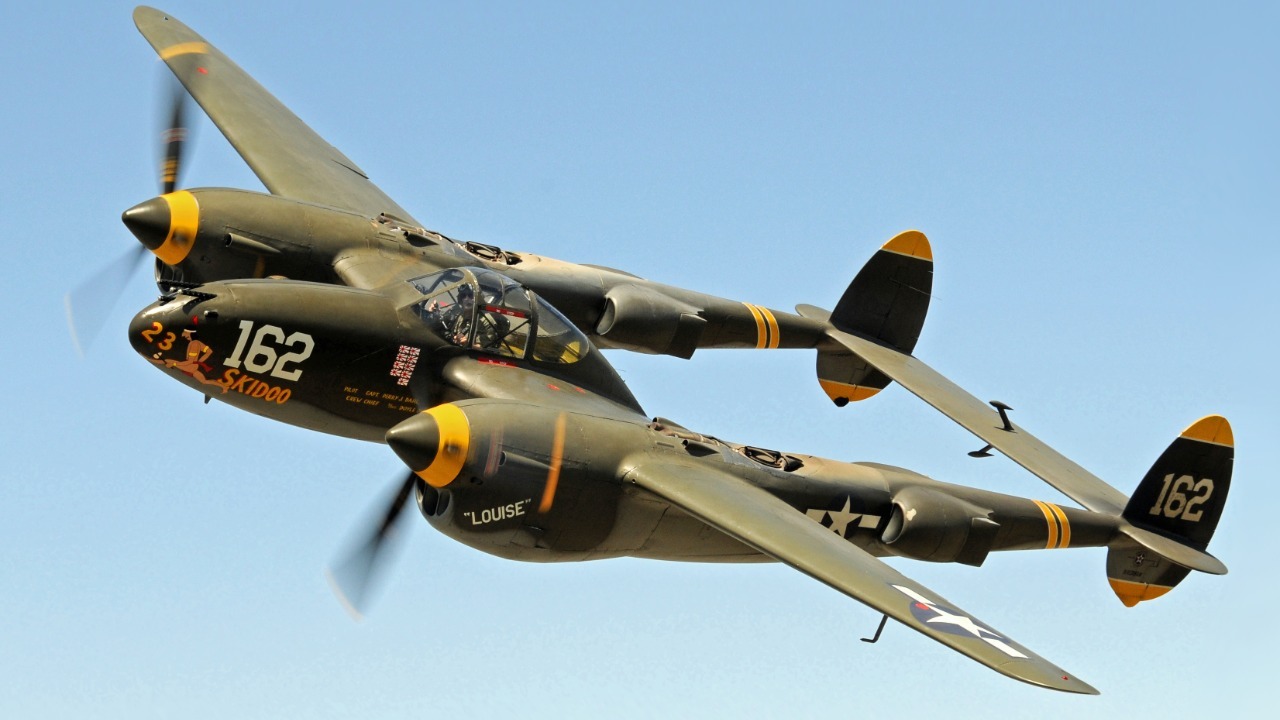
The P-38 Lightning’s ability to function as both a fighter and a bomber provided the Allies with considerable flexibility in aerial combat. Its dual roles enhanced Allied air power, allowing it to engage in dogfights with Axis fighters while also delivering precision strikes against ground targets. This versatility made it an invaluable asset in various combat scenarios.In terms of dogfighting capabilities, the P-38 was highly effective against Axis fighters. Its agility and speed, combined with its heavy armament, allowed it to dominate the skies in many engagements. The psychological impact of the P-38 on both Allied forces and Axis adversaries cannot be overstated. Its presence often bolstered Allied morale while intimidating enemy pilots, who were wary of its formidable reputation.
Strategic Reconnaissance
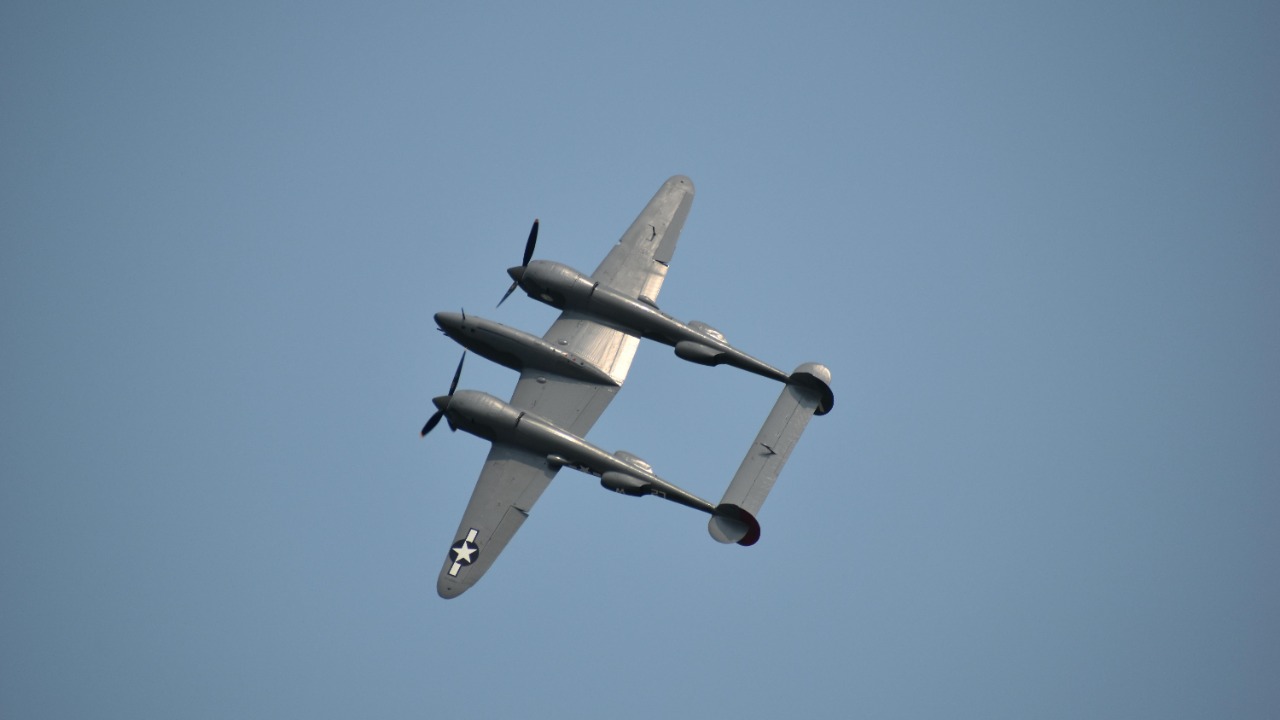
The P-38 played a crucial role in strategic reconnaissance missions during WWII. Its long-range capabilities enabled it to gather intelligence over vast distances, providing valuable information for the planning of military operations. The aircraft’s ability to fly at high altitudes made it less vulnerable to enemy anti-aircraft fire, ensuring the safety of its reconnaissance missions.Advancements in aerial photography, facilitated by the P-38, were instrumental in gathering strategic intelligence. The intelligence gathered by the P-38 informed major military operations, allowing Allied forces to make informed decisions that significantly impacted the outcome of the war.
Key Battles and Campaigns
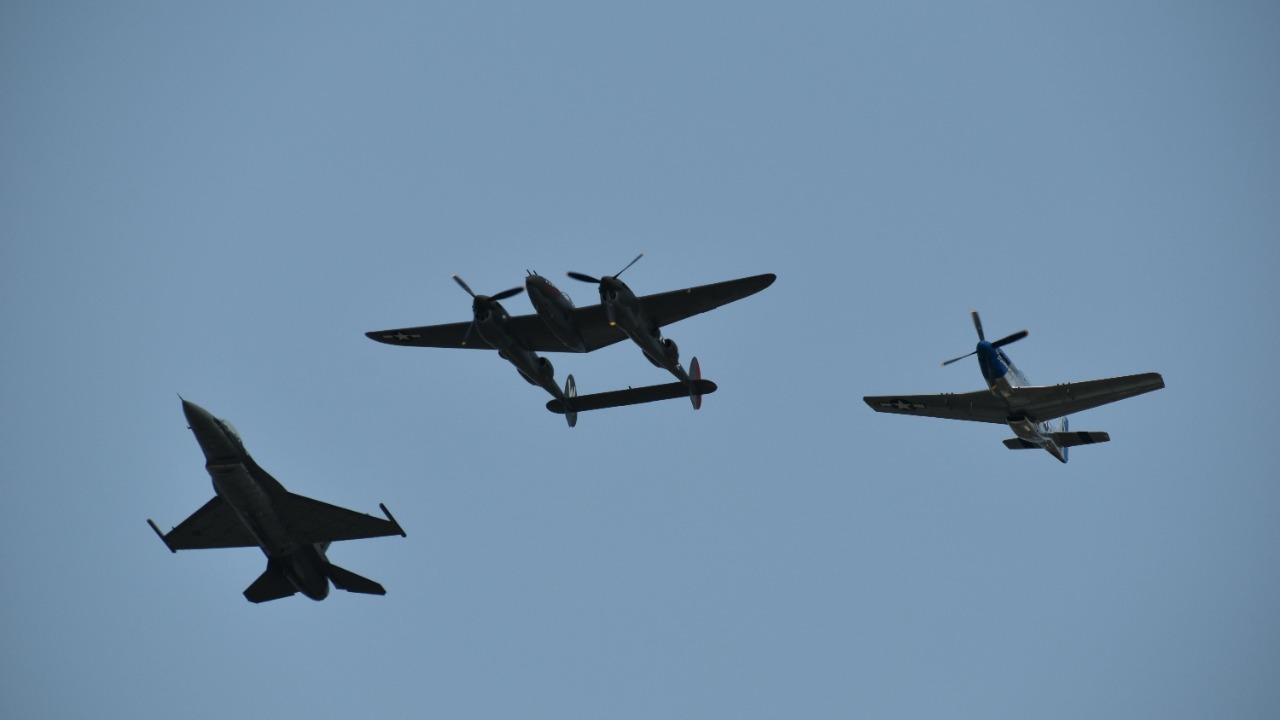
In the Pacific Theater, the P-38 Lightning was instrumental in critical battles such as Guadalcanal, where its capabilities contributed to the success of island-hopping strategies. The aircraft’s agility and speed allowed it to excel in the challenging conditions of the Pacific, providing air superiority in numerous engagements.In the European theater, the P-38 was involved in missions over Germany and Italy, playing a vital role in the air campaigns against the Axis powers. Notable pilots and legendary missions showcased the P-38’s capabilities, earning it a distinguished place in military history. The P-38’s involvement in these key battles demonstrated its indispensable role in the Allied victory.
Legacy and Historical Significance
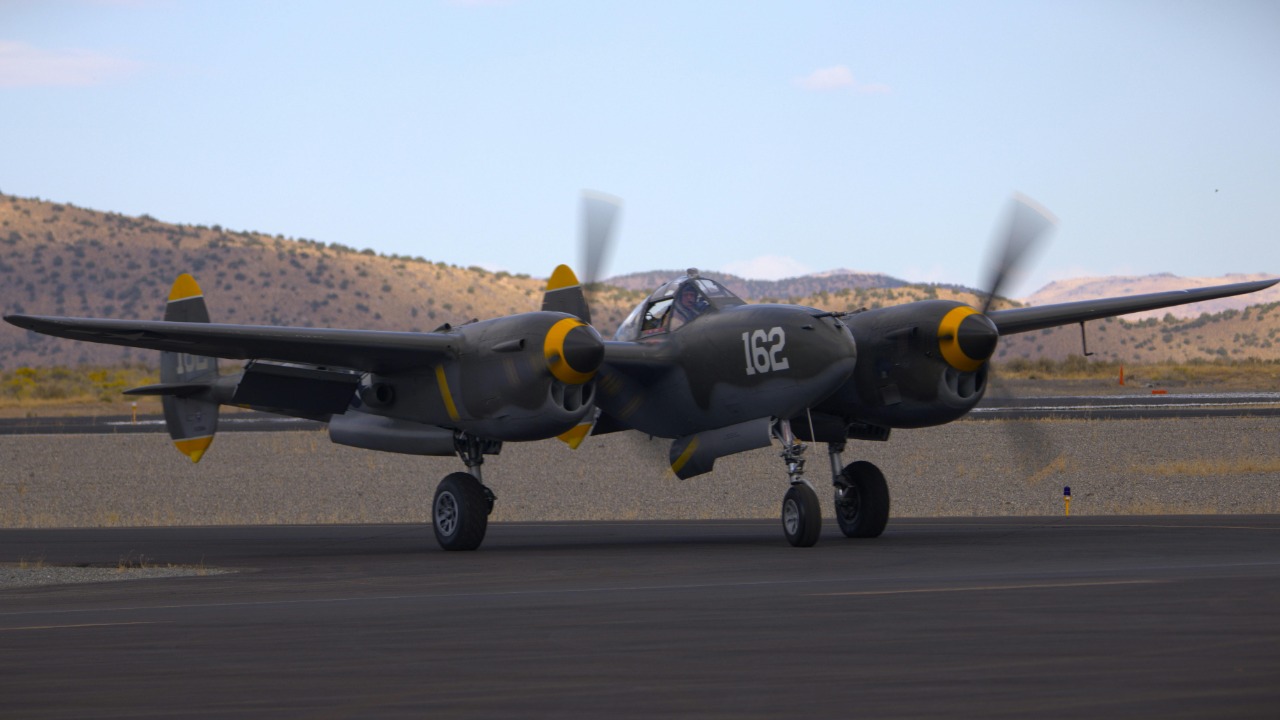
The P-38 Lightning’s impact extended beyond WWII, influencing post-war aircraft design and military strategy. Its technological innovations set the stage for future advancements in aviation, and its versatile capabilities served as a benchmark for subsequent aircraft development.Today, the P-38 is remembered in museums and by aviation enthusiasts worldwide. Its cultural and historical significance is celebrated through various commemorations and restorations, preserving its legacy for future generations. The strategic and tactical lessons derived from the P-38’s deployment during WWII continue to inform modern military practices, underscoring its enduring influence on aerial warfare.
Like Fast Lane Only’s content? Be sure to follow us.
Here’s more from us:
*Created with AI assistance and editor review.

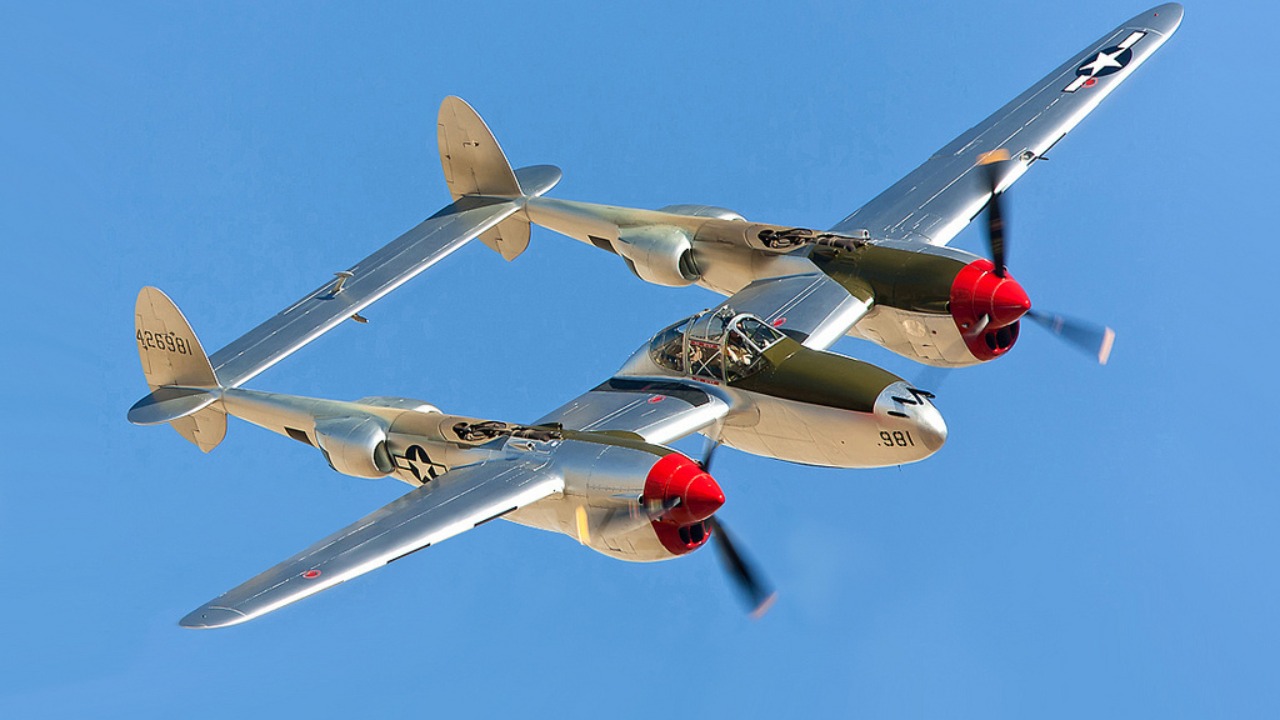
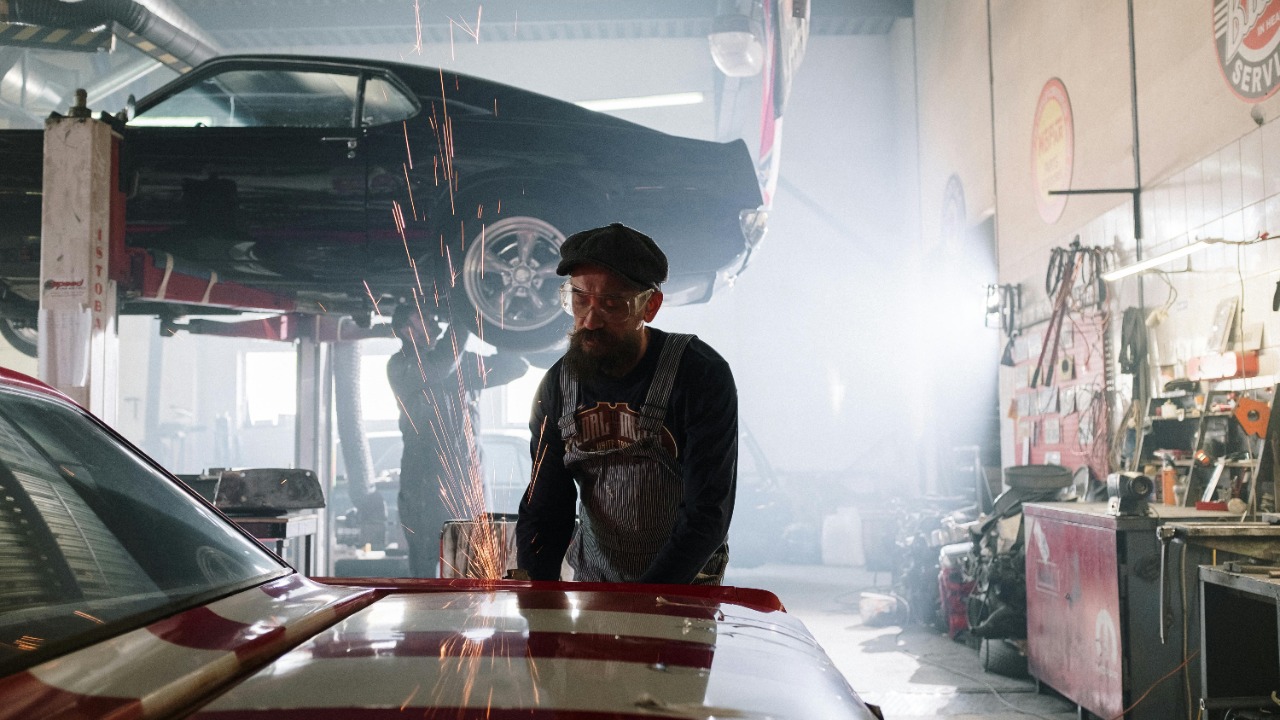
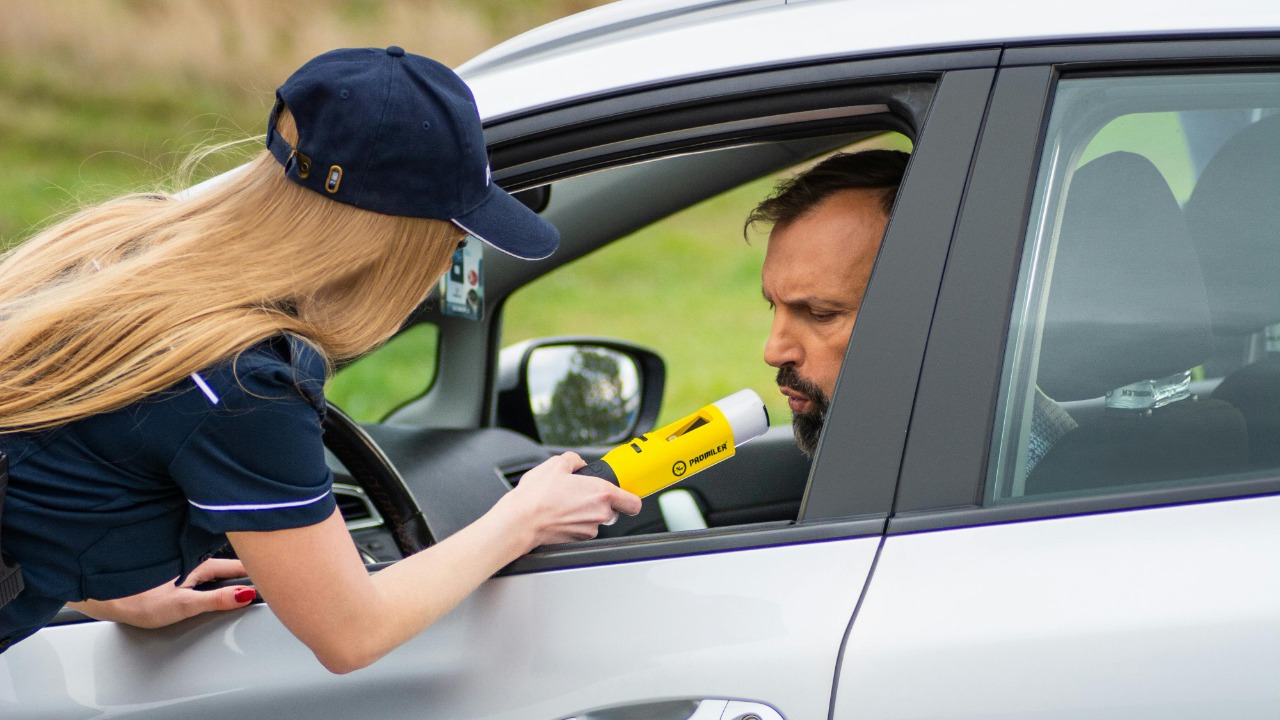


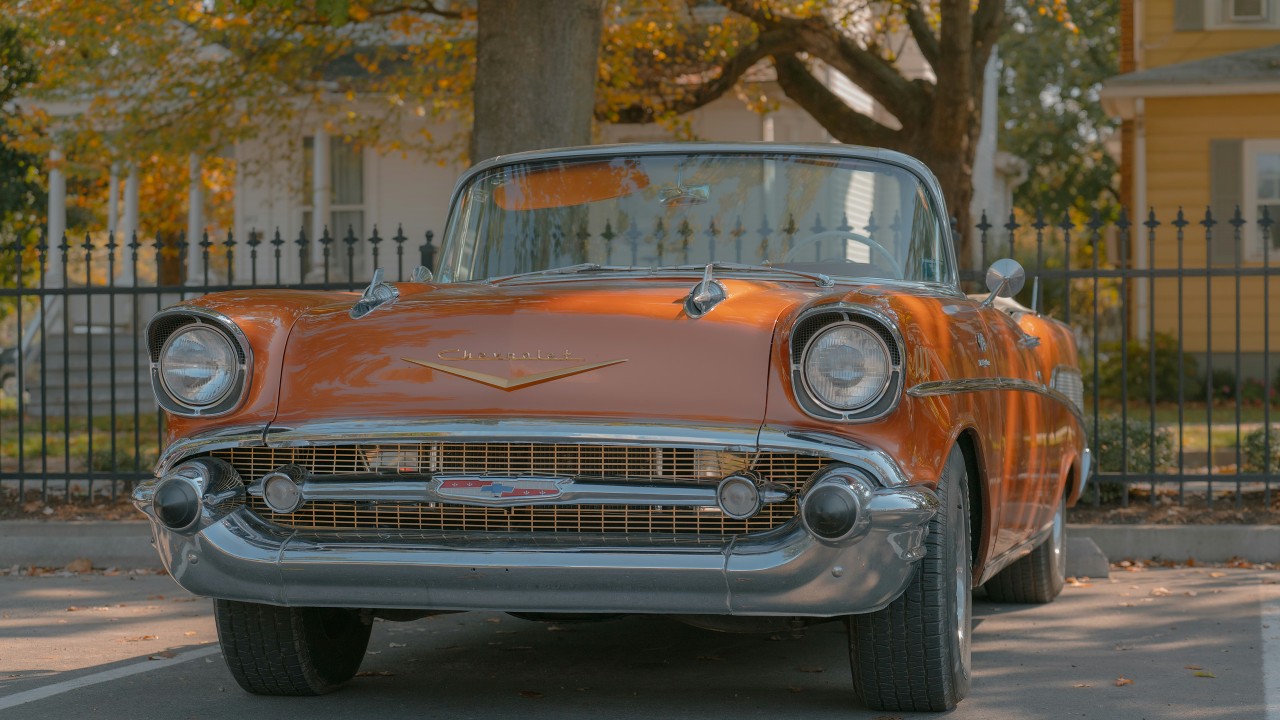
Leave a Reply